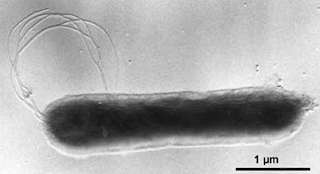During January 2013 I had my very first encounter with
Staphylocococcus aureus. At the time I did not even know about this bacteria or what it did. Within the next two weeks I became very informed about the bacteria. I learnt what it looked like under a microscope, that it is a Gram-positive bacterium, the infections caused by it, how it is transmitted and how to prevent suffering from it.
My encounter occurred at home with a relative.
January 15, 2013
A small bump on upper thigh was noticed when it started itching. It gradually began to feel sore.
January 16, 2013
Bump was inflamed, painful and made buttocks swollen. Felt very warm when touched. The patient was also feeling very drowsy, weak and out of sorts. She was also running a 102 degrees Fahrenheit fever.
January 17, 2013
The feelings from the previous day got worse. The once small bump was now a wide hard area.
January 18, 2013
Fever and chills went away and the swelling continued. It was now too painful to do any of her daily chores and activities properly.
January 19, 2013
Symptoms got worse. The fever returned. Patient was unable to bear the pain anymore, so she decided to go to the hospital. She was attended to by several nurses and one doctor. The doctor gave her a numbing injection then squeezed the inflamed area. A lot of pus was found in the area. The female was admitted with a suspicion for cellulitis.
January 27 - 30, 2013
Patient was treated intravenously with antibiotics, to fight the infection; pain killers, to relieve the intense pain, and fluids, to eliminate the fever. The wound was allowed to drain gradually and dressed regularly. The puss was again tested.
The bacteria
Staphylococcus aureus was found in the pus taken from the wound.
January 30, 2013
Patient was discharged from the hospital with prescribed antibiotics, pain killers and antiemetics.
She had to take sick leave from work for two weeks to allow her wound to heal, since she could not sit or walk properly because of where it was located.
This encounter has made me very aware of my surroundings and somewhat terrified of touching surfaces. I have always known bacteria were real and could cause very serious illnesses, but seeing the effects happen in my personal space has made me even more aware. Coincidentally, this encountered occurred at the same time I was learning about
Staphylococcus aureus in my microbiology class.
I could not have asked for a more practical application to my studies. Even though I am very saddened by the pain and agony my relative suffered, I am happy to see first hand the effects of
Staphylococcus aureus. This knowledge will be applied to my medical career and to my microbiology class.

















